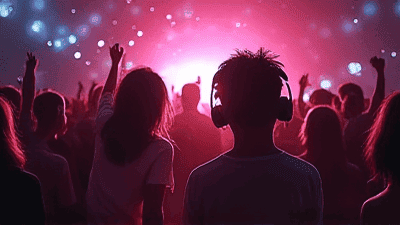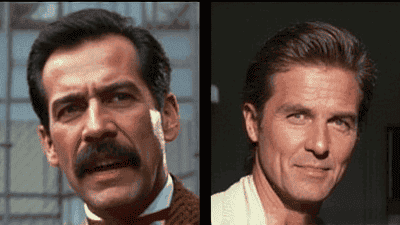
In the ever-evolving landscape of cinema, few trends have proven as enduring as the classic movie remake. Films that were once considered timeless are being reimagined for new generations, commanding significant box office attention and sparking lively discussions among audiences and critics alike. From Disney's live-action adaptations to reinterpretations of beloved classics like "The Lion King" and "A Star is Born," these remakes often intertwine nostalgia with contemporary storytelling.
The Allure of Nostalgia
A Familiar Connection
Nostalgia is a powerful emotion, often guiding our preferences and choices in entertainment. Classic movie remakes tap into this sentiment by reconnecting audiences with stories and characters that hold a special place in their hearts. The familiarity of beloved plots and characters fosters a sense of comfort and safety for viewers, inviting them to experience cherished moments from their past.
Bridging Generations
Classic remakes provide a unique opportunity to bridge generational gaps. They introduce timeless narratives to younger viewers who may not have experienced the original films. This cross-generational engagement encourages families to watch together and share their experiences of both the original and the remake. Such bonding moments can lead to discussions, memories, and even the passing down of cultural references.
Modernizing Timeless Tales
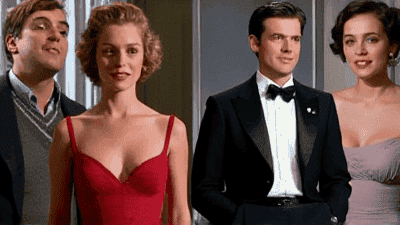
Cultural Relevance
One of the reasons classic movie remakes resonate with audiences is their ability to reflect contemporary societal values and issues. By modernizing storylines, filmmakers can make age-old tales relevant in today’s context. For example, a remake of a classic romantic comedy can address evolving notions of love, acceptance, and identity, enabling it to resonate with modern audiences.
Innovations in Technology
The advancements in film technology allow creators to enhance storytelling in ways that were previously unimaginable. Modern CGI, sound design, and cinematographic techniques can breathe new life into classic films. The remake of "The Jungle Book" showcased how state-of-the-art visuals could transport audiences into enchanting realms while retaining the essence of the original story. Such technological innovations elevate the viewing experience, making remakes visually compelling while remaining faithful to the source material.
Marketing and Commercial Considerations
Recognizable Branding
From a marketing perspective, remaking a classic film provides built-in recognition. Audiences are likely to flock to the theater based on the brand appeal of a well-known title. The nostalgia factor can attract viewers who have fond memories of the original, while innovative promotional campaigns can entice new audiences. In an industry where competition for attention is fierce, recognizable brands have a clear advantage.
Star Power and Talent
Remakes often feature popular actors and renowned filmmakers, further contributing to their commercial allure. Big-name stars can draw audiences, and their involvement can elevate interest substantially. When a beloved classic is reimagined by a celebrated director, the anticipation can build significantly. The combination of nostalgia and star power creates a compelling reason for audiences to engage with remakes.
The Creative Challenge
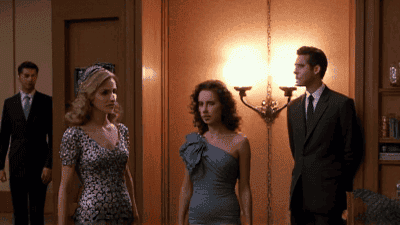
New Interpretations
Filmmaking is an art form, and every remake presents an opportunity for creative exploration. Directors and screenwriters can put their unique stamps on familiar plots, exploring characters and themes from different angles. This allows for fresh interpretations that can surprise and delight even those familiar with the original work.
The Role of Diversity
Modern remakes often prioritize diversity in casting and storytelling, reflecting the evolving demographic landscape of audiences. By inclusive representation, filmmakers can reach broader audiences while exploring new narratives within the framework of classic tales. The recent remake of "West Side Story" emphasizes the importance of cultural authenticity and addresses the changing dynamics of race and identity through its casting and storytelling choices.
Critical Reception and Audience Expectations
A Mixed Bag of Reactions
While not every remake is met with universal acclaim, the debate surrounding them is often as engaging as the films themselves. Critics and audiences frequently engage in discussions about the merits of remakes vs. the originals, leading to passionate discourse that draws attention to both versions. This back-and-forth can generate buzz and intrigue, driving more viewers to compare and contrast different interpretations.
The Foraging of New Discoveries
In some cases, a remake prompts audiences to revisit the original film. Viewers curious about the source material may find themselves engaging with classic cinema that they may not have otherwise explored. This renewed interest can bolster the original film's legacy, allowing it to thrive alongside its remake.
Challenges of Remaking Classics
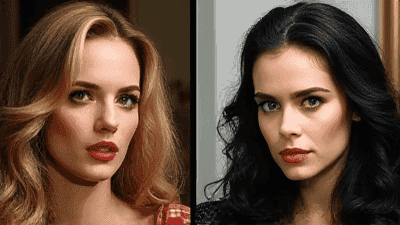
The Shadow of Expectations
One of the inherent challenges of remaking classic films is the burden of expectations. Audience anticipation can be both a blessing and a curse. Filmmakers must navigate the tightrope of honoring the original while also offering something new. Fans of the original often have fixed ideas about characters and storylines, leading to polarized reactions if the remake diverges too much from their beloved source.
Risk of Mediocrity
With the influx of remakes often comes the risk of mediocrity. Not all remakes succeed in capturing the magic of the originals, and some may come off as cash grabs rather than genuine artistic endeavors. Filmmakers must approach these projects with care, ensuring that they bring something worthwhile and significant to the table.
The Future of Movie Remakes
Continual Interest in Classic Stories
Given the enduring popularity of classic movie remakes and their ability to evolve with the times, we can expect this trend to persist in Hollywood. Classic tales have an innate ability to speak to the human experience, making them ripe for reinterpretation. As audiences crave fresh storytelling combined with familiar narratives, classic remakes will likely remain a fixture of the film landscape.
The Role of Streaming Services
The rise of streaming services has also impacted the landscape of remakes. Platforms like Netflix and Disney Plus have invested heavily in reimagining classic films and series for modern audiences. These platforms provide greater access to a diverse range of content and further engage viewers seeking both nostalgia and new interpretations. The demand for exclusive content can result in a steady stream of reboots and remakes.
The Ongoing Legacy of Cinema
Ultimately, the success of classic movie remakes reflects the enduring power of storytelling itself. While some remakes may falter or fail to resonate, the core narratives they seek to reinterpret often remain relevant across generations. Filmmakers who approach these stories with respect and creativity can continue to provide audiences with experiences that evoke nostalgia while reflecting contemporary sensibilities.
Conclusion: A Timeless Appeal
Classic movie remakes are here to stay, captivating audiences by blending nostalgia with innovation. The ability to reinterpret beloved stories and characters for new generations resonates deeply with viewers. By forging connections, modernizing narratives, and leveraging technological advancements, filmmakers continually explore the relevance of timeless tales.
As audiences navigate the ongoing discourse surrounding these remakes, they contribute to a cultural legacy that celebrates both the past and present of cinema. Whether cherished classics or innovative reinterpretations, these films stand as testaments to the storytelling power that lies at the heart of the cinematic experience.



